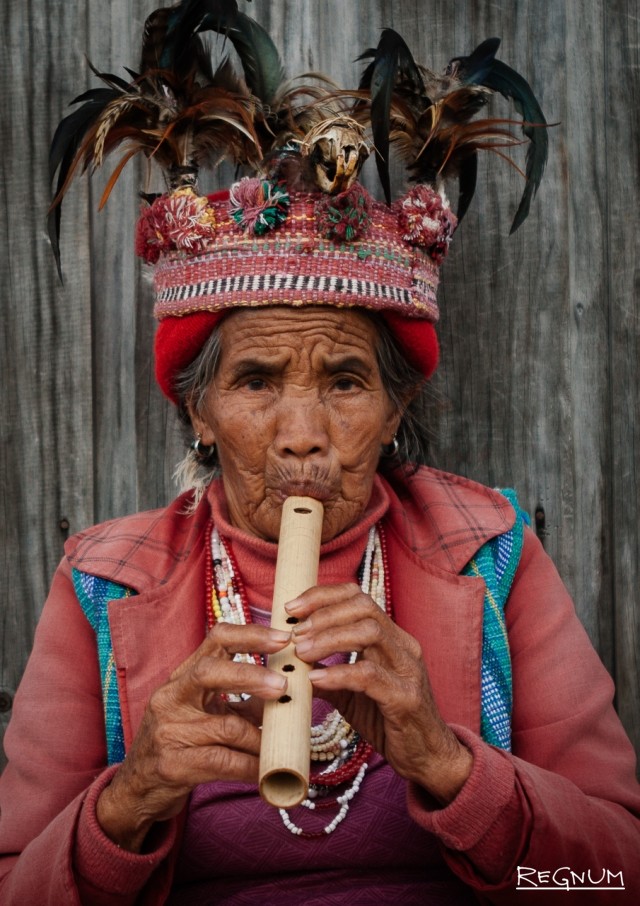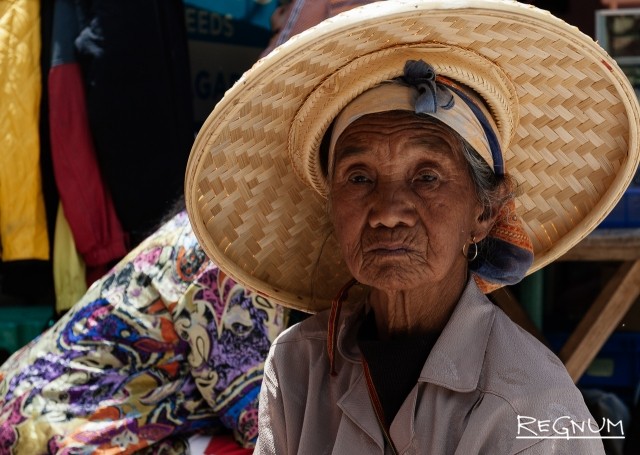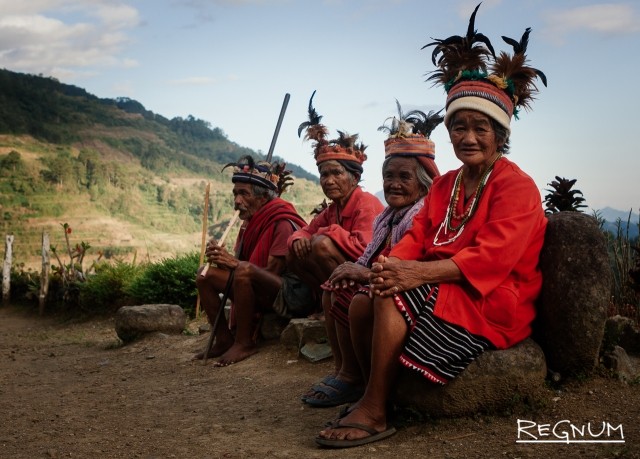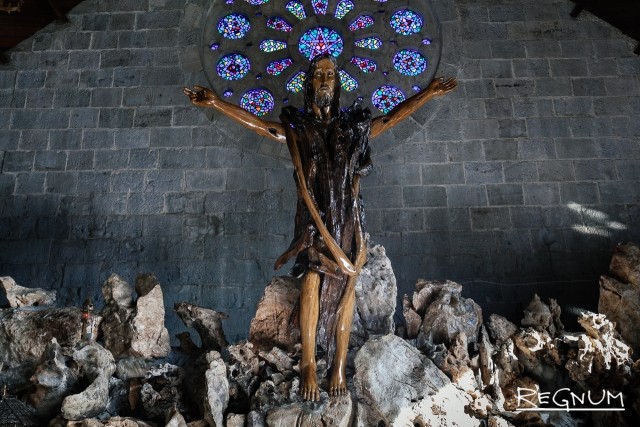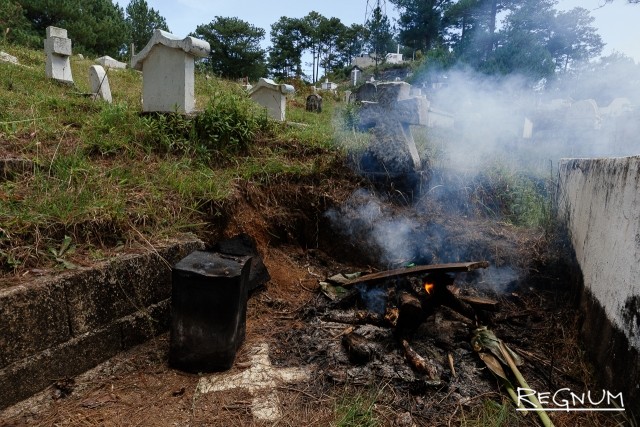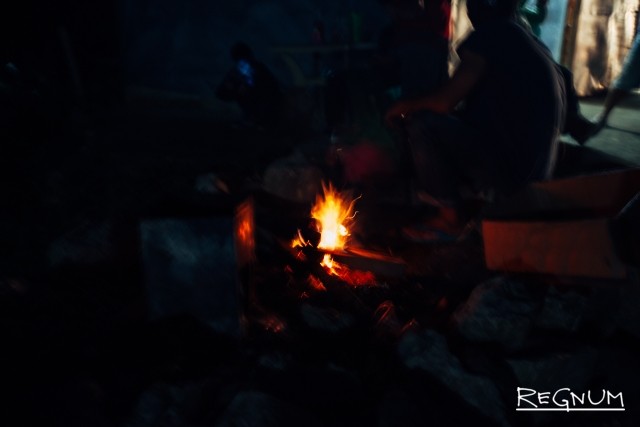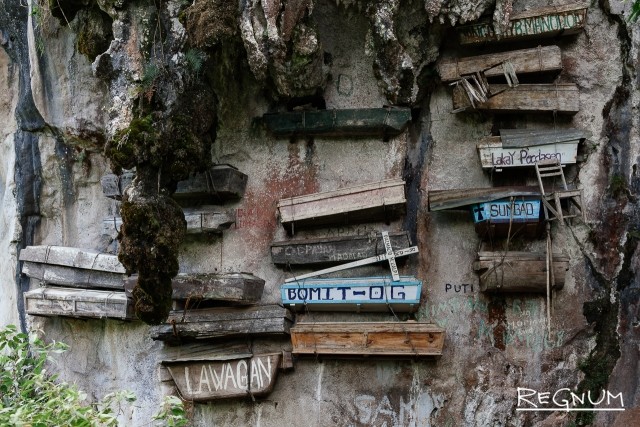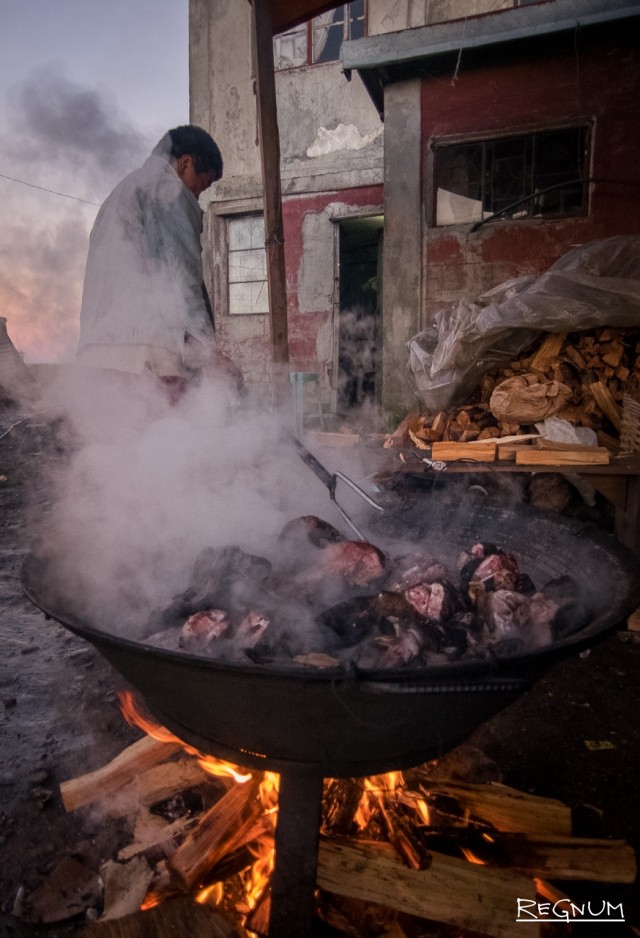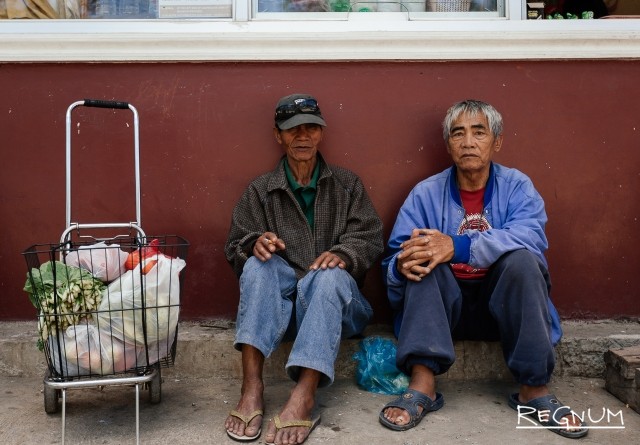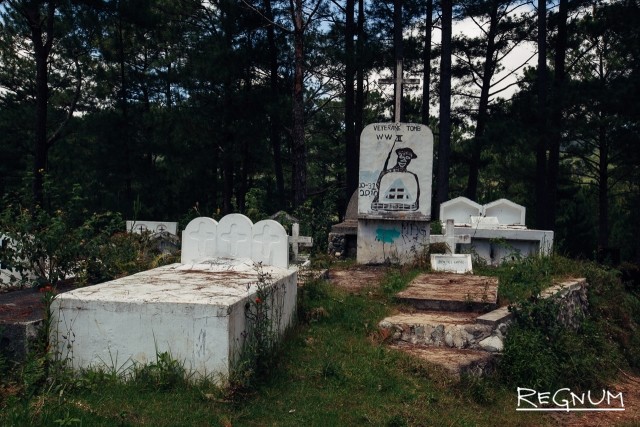on Philippines is noted on June 12 the Independence Day. In the wake of a national holiday of information agency "REGNUM" publishes the photoproject Afanasyev Anton about those who protected independence of the people — the Philippine hunters behind the heads
In tradition of the Philippine hunters behind the heads from a tribe of Igorot the religious reasons, including belief in acquisition of magic force prevailed, first of all. The desire of a plentiful crop, belief in bravery and courage acquisition, desire of glory among descendants and health improvements, need of ensuring abundance for hunting and fishing were the reasons of this wild ritual for us also.
Anyway, the effect from possession could be activated by just chopped off head only through a special ceremony which assumed use of a certain ritual, differently the sense in it was not any.
of Igorot before adoption of Christianity (and its acceptance was the extremely conditional) were quite aggressive people. Breeding wars usually began how the member of one of tribes brought home "gift" — the head of the member of the next tribe. After that breeding leaders sent negotiators. Compensation, and if the agreement was reached was discussed, between tribes the world was confirmed. If that agreement it was not reached, war began.
In war which lasted some days, took part almost all men of both tribes. They met on an open place, from the opposite sides crying out curses and threats. At this stage the world was still possible — one of the parties for this purpose had to capitulate. If the such happens, the capitulating party sends the messenger to camp of the opponent with the world offer — as a rule, with a pig or several chickens. If the opponent accepts the offer, there comes the world. And the world came more often than there was a war. However sometimes it was impossible to reconcile …
Albert Dzhenks Earnest (Albert Ernest Jenks) in the book The Bontoc Igorot published in 1905, provides the bright description of intertribal fight:
"Men take the field, armed with a wooden board, an iron axe and from one to three iron or wooden copies. Only dexterity and ability to hold a board among themselves and the enemy helps the soldier to keep the life. Their fights are full of fast jumping movements. They that suddenly come as suddenly recede, furtively attack flanks of the opponent, cutting off his approach.
Soldiers always in movement and completely control the body. Therefore reaction at them excellent! Spear they can throw with a huge accuracy, and their destructive power reaches 10 meters. After all a spear are thrown, opposition will proceed on axes, at arm's length. In such battle nobody holds positions, unless a short period.
stones Quite often are used, and often enough successfully them break extremities or simply force down from feet. If the brought-down or wounded soldier is not helped in time by his colleagues, he at once loses the head literally this word.
Such fights lasting from 30 minutes about one hour, often come to an end with cutting off of the first head from each party. But sometimes happens that fight lasts in the afternoon, and more than dozen of heads can be during this time chopped off.
with the advent of firearms the number of victims of intertribal wars considerably increased — the modern arms appeared more cruel, than the weapon of "uncivilized tribes".
the Word "Igorot"
Proceeding from researches of the beginning of the XX century, conducted by the doctor Trinidad Pardo de Tavera, "golot" — the old word earlier designating ridges. The prefix of "I" means "residents".
When Spaniards left, the word was transformed into English of manners "Ygorrotte" which later has developed into Igorot. Now this word is used for designation of six ethnolinguistic groups living in the Philippine Cordilleras: Apayao, Bontoc, Ibaloi, Ifugao, Kalinga and Kankana-ey.
Department of Cordillera — it is the mountain chain located in northern part of the largest island of the archipelago — Luzona.
they — the people who have created one of wonders of the world — rice terraces in Banava. And they were hunters behind the heads.
Philippines resisted to conquest by foreigners throughout four centuries. At first to Spaniards, then Americans.
During a colonial era mountain tribes furiously protected the independence and as a result were not completely subdued.
History of conquest
during the Spanish colonial period the largest fight took place in the 1760th years in Tongio who now is part of the modern Touba. So it happened that during that fight the great number of soldiers-igorot, and the city of Tongio, their largest city was killed, was wiped out.
Anyway, Spaniards could become stronger here only in 1846, but they all the same did not manage to get deep into Mountain Province or to put here continuous strengthening.
Until as Americans bought Philippines from Spaniards, the majority of territories igorot and remained free from colonialists.
After Spaniards conceded these territories to Americans, igorot became the last subdued tribes, and only after bloody battles.
of Descriptions of the majority of these fights did not reach our time for various reasons, or as the historian Henry Vilyam Scott spoke, these records were copied by Americans in that key which was more favorable to them.
one thing was necessary toAs well as Spanish predecessors, Americans: natural riches. Lands igorotov were full of gold and wood.
After forty years of Americanization the turn of Japanese imperial army came.
Seeing numerous atrocities of aggressors, igorot joined war against Japanese and acted in the 66th infantry battalion of army of the Commonwealth of Philippines, acting as resistance forces in the Cordilleras.
Though it was very strictly forbidden toby the charter and the special orders, many soldiers-igorot occasionally forgot about rules and carried on the tradition — chopped off the heads to Japanese soldiers. Their courage and ferocity in fights caused big respect for them among their American allies and struck with fear of Japanese.
Hunters behind the heads and the present
Hunting behind the heads still is present at life igorotov, however, it replaces wooden analog. This traditions is live as igoroty still trust and try to achieve a good harvest with its help, but already without the violence at the moment forbidden by federal laws.
Among occupying northern Department of Cordillera Kankana-ey Dongtoy ritual — is a ceremony of an otrubaniye of the head, is carried out each 10 years (or about that) in hope to receive a bigger crop of rice. Certainly, with the artificial head.
the Last trophy head was cut off byhere in the late seventies the 20th eyelid.
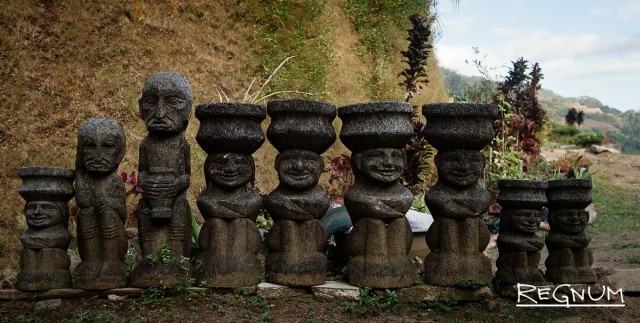
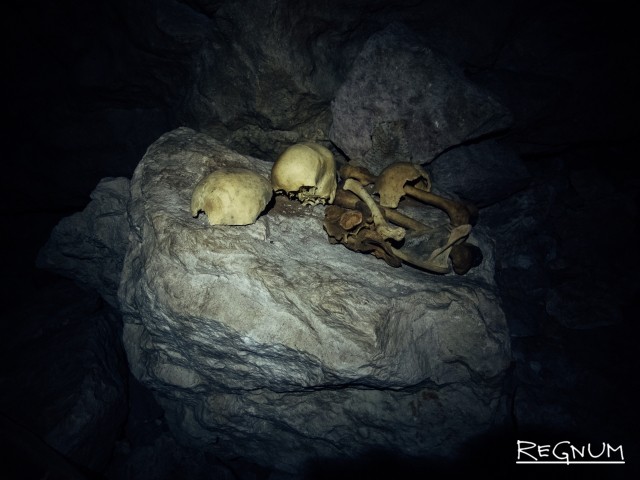
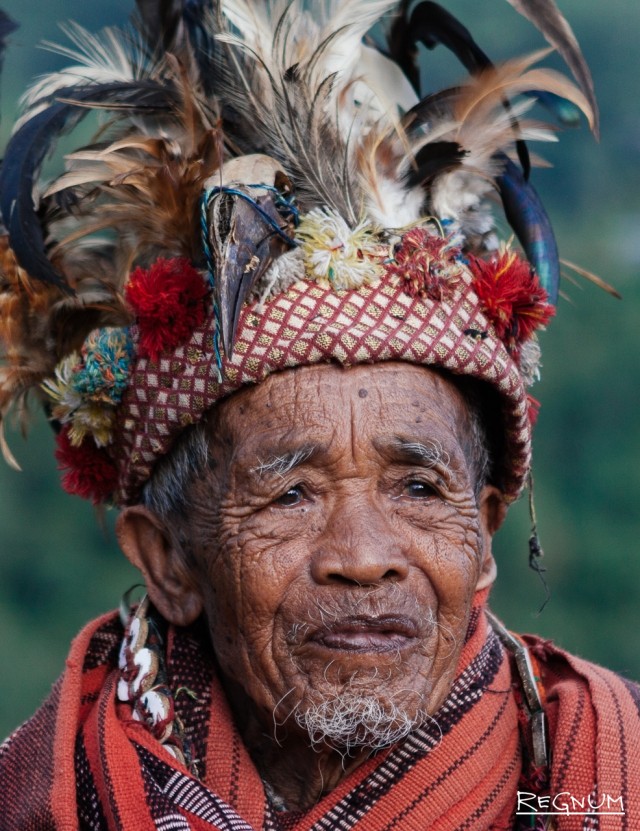
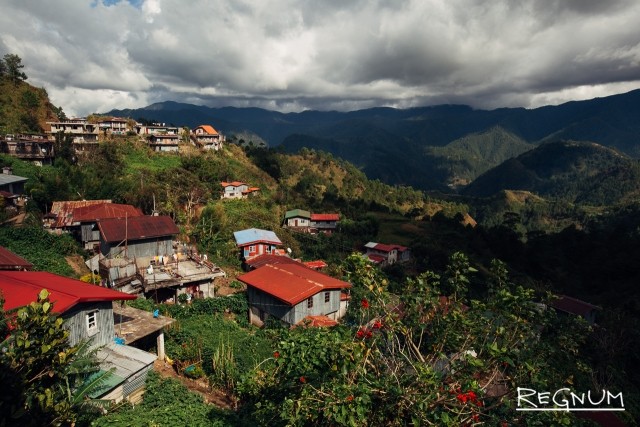
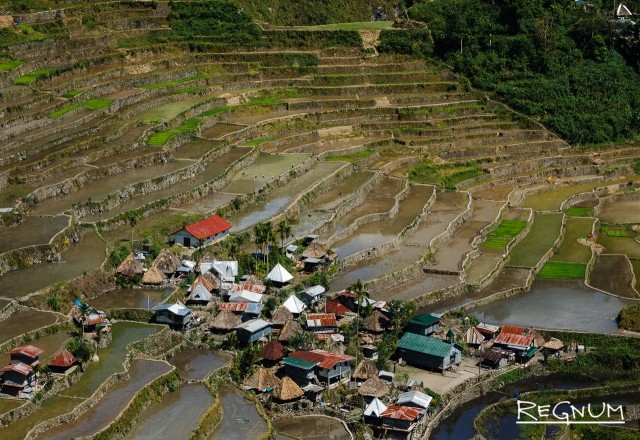
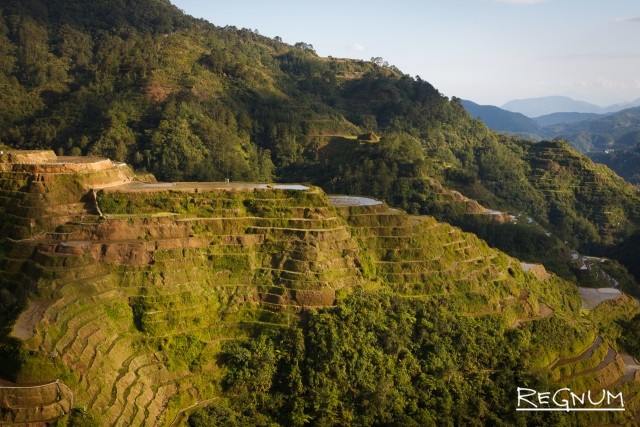 by
by 